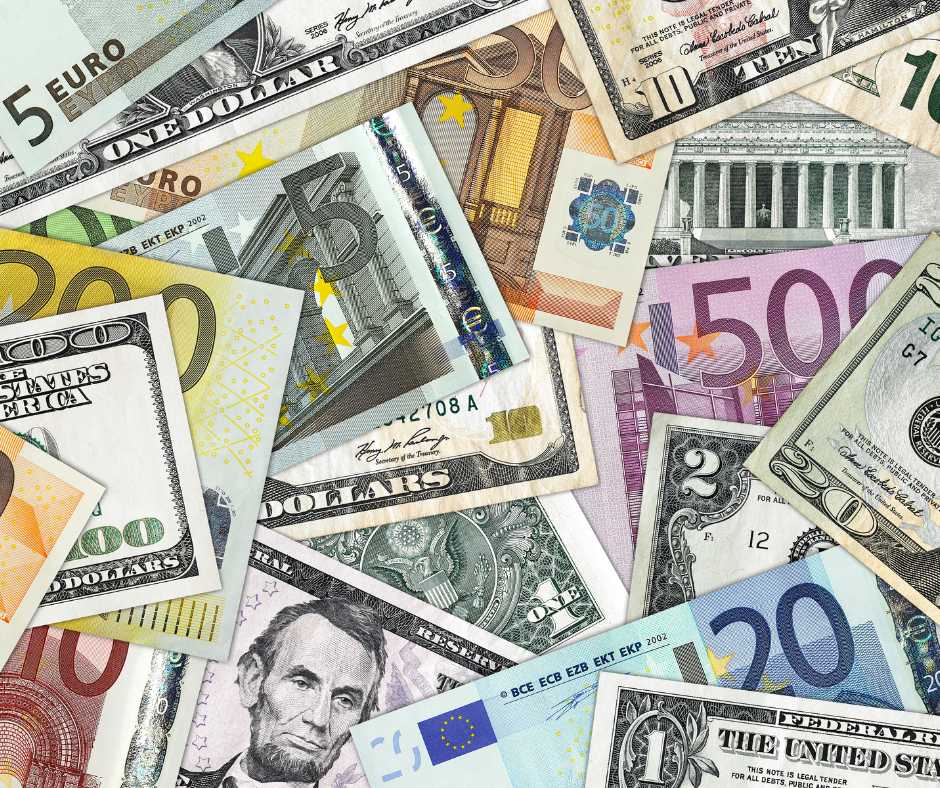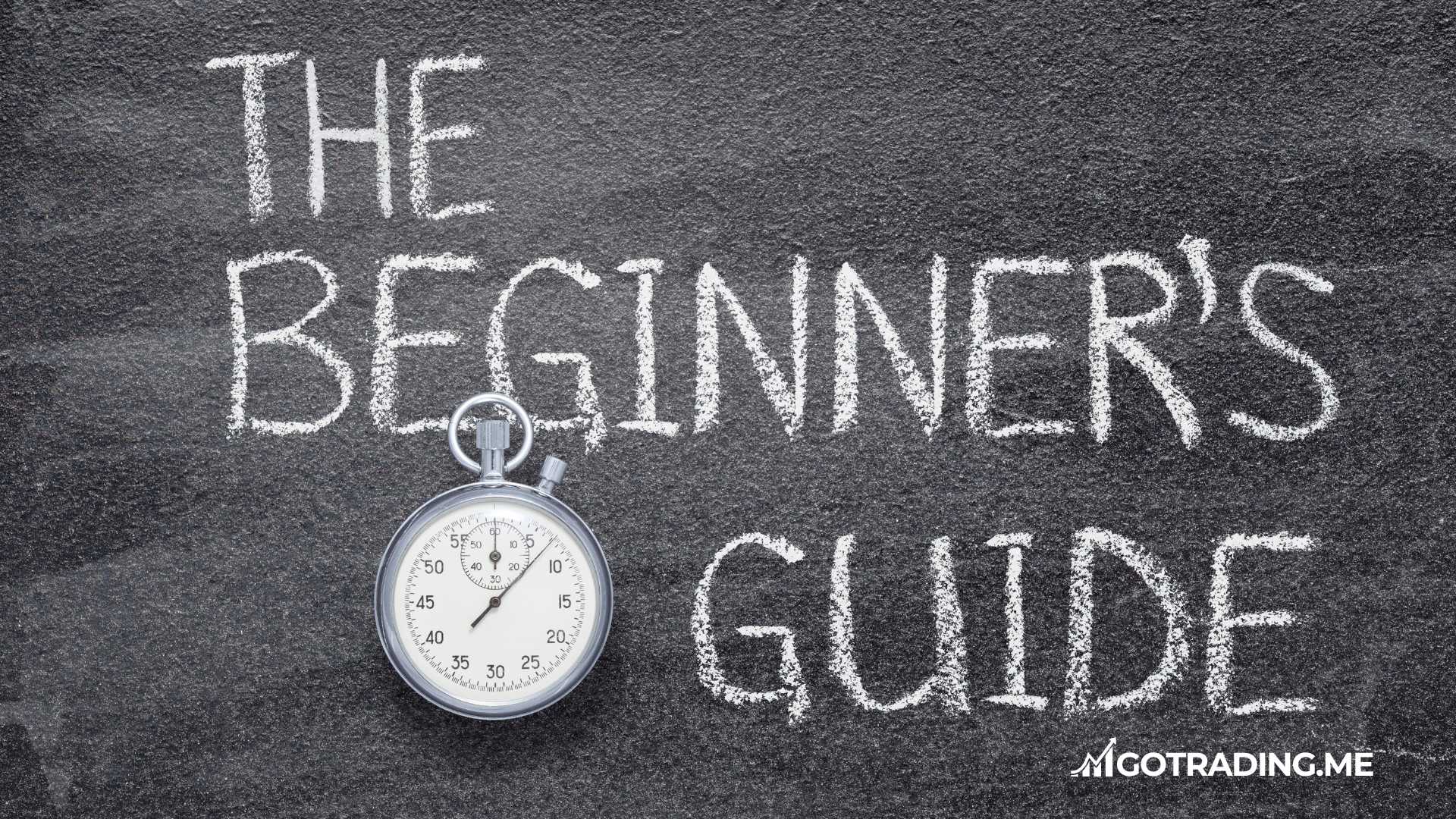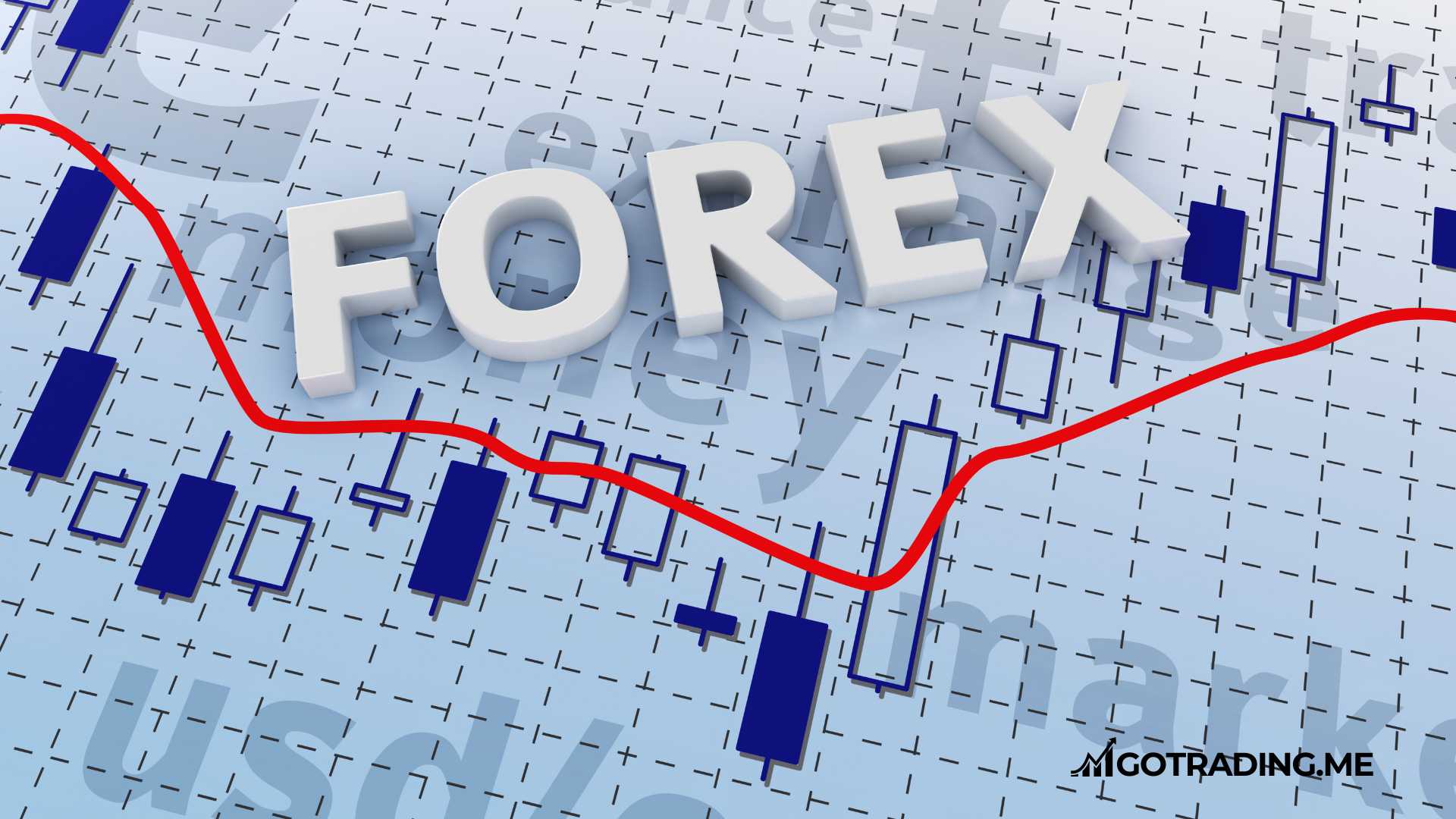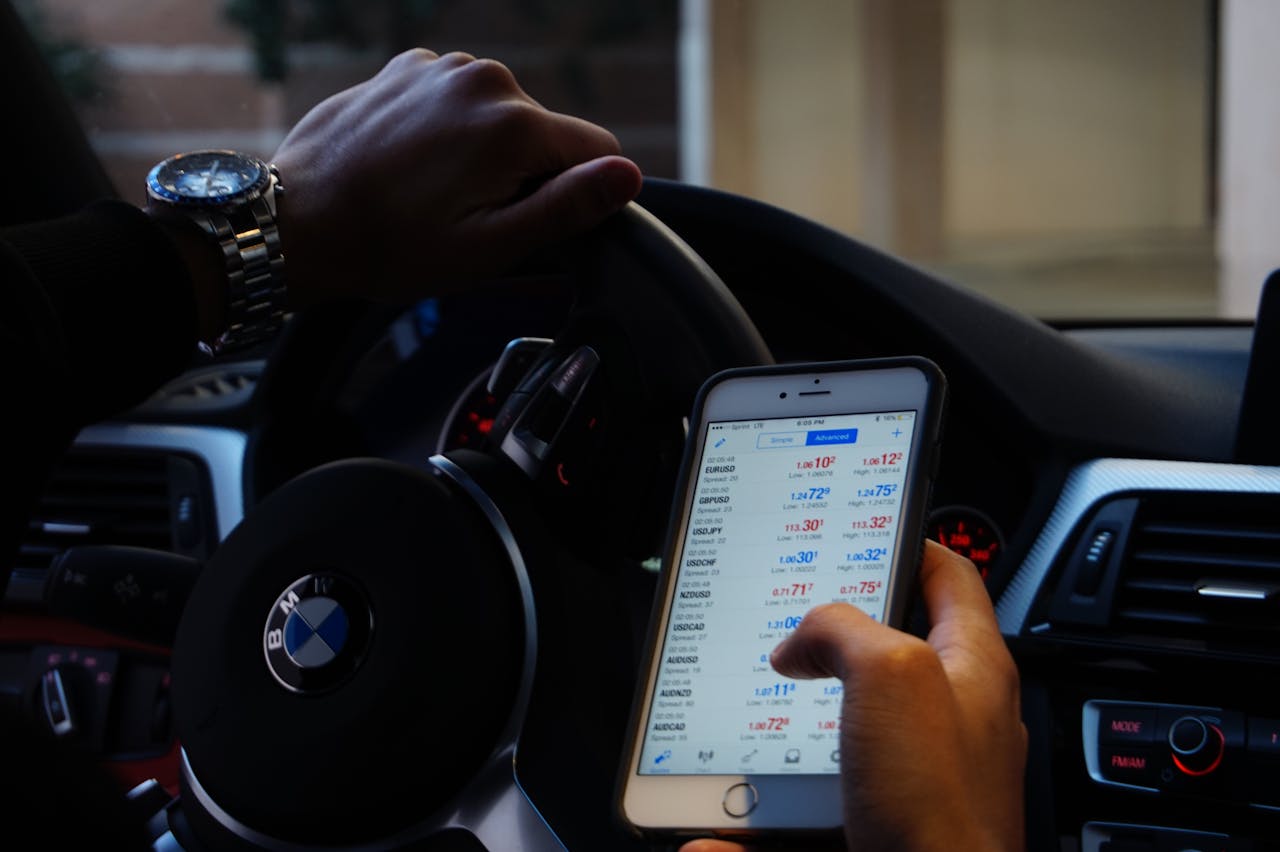Beginners’ Guide to Buying and Selling Currency Pairs in Forex

Are you new to the world of forex trading and looking to understand the basics of buying and selling currency pairs? In this comprehensive guide, we’ll break down the fundamentals of forex trading, explain how currency pairs work, and provide practical tips to help you get started on your trading journey.
Understanding Forex Trading
Forex, short for foreign exchange, is a global market where currencies are traded 24 hours a day, five days a week. It’s the largest financial market in the world, with a daily trading volume of over $7.5 trillion. The goal of forex trading is to profit from the fluctuations in exchange rates between different currencies.
Unlike stock markets, forex trading doesn’t take place on a centralized exchange. Instead, transactions are conducted electronically over-the-counter (OTC) through a network of banks, financial institutions, and individual traders.
Currency Pairs Explained
In forex trading, currencies are always traded in pairs. A currency pair represents the value of one currency relative to another. For example, the EUR/USD pair represents the value of the Euro against the US Dollar. If the EUR/USD exchange rate is 1.20, it means that one Euro is worth 1.20 US Dollars.
The first currency in a pair is called the base currency, while the second is known as the quote currency. When you buy a currency pair, you are buying the base currency and selling the quote currency. Conversely, when you sell a pair, you are selling the base currency and buying the quote currency.
Major Currency Pairs
There are several categories of currency pairs, but the most actively traded are the “major” pairs. These include:
- EUR/USD (Euro/US Dollar)
- USD/JPY (US Dollar/Japanese Yen)
- GBP/USD (British Pound/US Dollar)
- USD/CHF (US Dollar/Swiss Franc)
- USD/CAD (US Dollar/Canadian Dollar)
- AUD/USD (Australian Dollar/US Dollar)
- NZD/USD (New Zealand Dollar/US Dollar)
Major pairs are the most liquid and heavily traded in the forex market, accounting for the majority of the trading volume. They typically have lower spreads and are less volatile compared to other pairs.
Cross Currency Pairs and Exotics
In addition to the majors, there are also cross currency pairs, which don’t include the US Dollar. Examples include EUR/GBP, GBP/JPY, and EUR/CHF. These pairs are less liquid than the majors but still widely traded.
Exotic currency pairs involve a major currency paired with the currency of an emerging economy, such as USD/SGD (US Dollar/Singapore Dollar) or JPY/NOK (Japanese Yen/Norwegian Krone). Exotics are less liquid, have higher spreads, and are more volatile.
How to Buy and Sell Currency Pairs
Now that you understand the basics of currency pairs, let’s look at how to actually buy and sell them:
- Choose a forex broker: To trade forex, you’ll need to open an account with a reputable broker. Look for a broker that is regulated, offers competitive spreads, and provides a user-friendly trading platform.
- Decide on a trading strategy: Develop a trading plan based on your goals, risk tolerance, and market analysis. This could involve technical analysis, fundamental analysis, or a combination of both.
- Determine your position size: Calculate how much of your account balance you’re willing to risk on each trade. A common rule of thumb is to risk no more than 1-2% per trade.
- Place your trade: Once you’ve identified a trading opportunity, place your order with your broker. Specify the currency pair, your position size, and whether you want to buy or sell.
- Manage your trade: After opening your position, monitor the market and adjust your trade as needed. Use stop-loss orders to limit potential losses and take-profit orders to lock in gains.
- Close your trade: To close a trade, you simply place an order in the opposite direction of your original trade. So if you bought a currency pair, you would sell it to close the position and vice versa.

Popular Forex Trading Strategies for Beginners
As a beginner, it’s important to focus on simple, easy-to-understand trading strategies. Here are three popular strategies that can be effective for new traders:
1. Breakout Strategy
The breakout strategy involves identifying key price levels, such as support and resistance, and waiting for the price to “break out” of these levels before entering a trade. The idea is that when the price breaks through a significant level, it’s likely to continue moving in that direction.
To trade breakouts, you can use tools like trend lines, moving averages, and chart patterns to identify potential breakout points. Once the price breaks out, you enter a trade in the direction of the breakout and set a stop-loss order just below the breakout level (for a long trade) or above it (for a short trade).
2. Moving Average Crossover Strategy
The moving average crossover strategy uses two moving averages, typically a short-term and a long-term one, to generate buy and sell signals. When the short-term moving average crosses above the long-term one, it’s a buy signal. Conversely, when the short-term moving average crosses below the long-term one, it’s a sell signal.
For example, you could use a 10-period and a 20-period moving average. When the 10-period MA crosses above the 20-period MA, you’d buy the currency pair. When the 10-period MA crosses below the 20-period MA, you’d sell.This strategy works best in trending markets, as it helps you identify the overall direction of the trend and enter trades in that direction.
3. Carry Trade Strategy
The carry trade strategy involves buying a high-yielding currency and selling a low-yielding one to profit from the interest rate differential. The idea is to earn the difference in interest rates between the two currencies while also potentially benefiting from any appreciation in the high-yielding currency.For example, if the Australian dollar has a higher interest rate than the Japanese yen, you could buy AUD/JPY to earn the interest rate differential. You’d hold the trade as long as the interest rate differential remains favorable and the currency pair is trending upwards.
Carry trades work best in a low-volatility environment, as high volatility can quickly erase any gains from the interest rate differential. It’s also important to monitor economic and political developments that could impact the currencies you’re trading.
Risk Management for Beginners
Effective risk management is crucial for success in forex trading, especially for beginners. Here are some key risk management principles to keep in mind:
- Use stop-loss orders: Always use stop-loss orders to limit your potential losses on each trade. A stop-loss is an order to automatically close your trade if the price moves against you by a certain amount.
- Risk a small percentage of your account: Don’t risk more than 1-2% of your account balance on any single trade. This helps ensure that even if you have a losing trade, it won’t significantly impact your overall account.
- Diversify your portfolio: Don’t put all your eggs in one basket. Spread your risk across multiple currency pairs and trading strategies to minimize the impact of any single losing trade.
- Avoid overtrading: Don’t feel like you need to constantly be in the market. Only enter trades when there’s a clear opportunity that aligns with your trading plan. Overtrading can lead to poor decision-making and increased losses.
- Manage your emotions: Don’t let fear, greed, or other emotions influence your trading decisions. Stick to your trading plan and rely on objective analysis rather than emotional impulses.
Continuous Learning and Improvement
Becoming a successful forex trader is an ongoing process that requires continuous learning and improvement. Here are some tips to help you stay on top of your game:
- Stay informed: Keep up with the latest economic news, market analysis, and trading strategies. Read forex blogs, watch educational videos, and attend webinars to expand your knowledge.
- Practice with a demo account: Before risking real money, practice your trading strategies with a demo account. This allows you to test your skills and build confidence without the pressure of potential losses.
- Learn from your mistakes: Keep a trading journal to track your trades, including your rationale, entry and exit points, and results. Review your journal regularly to identify your strengths and weaknesses and learn from your mistakes.
- Seek mentorship: Consider finding a mentor or joining a trading community to learn from more experienced traders. They can provide valuable insights, feedback, and support as you develop your skills.
- Adapt to changing market conditions: Markets are constantly evolving, so be prepared to adapt your strategies as needed. Stay flexible and open-minded, and be willing to adjust your approach based on changing market dynamics.
Summary
Buying and selling currency pairs is at the core of forex trading. By understanding how pairs work, developing a solid trading strategy, and managing your risk, you can navigate the dynamic forex market and potentially profit from exchange rate fluctuations.
Remember, forex trading involves significant risk and is not suitable for everyone. Never trade with money you can’t afford to lose and always prioritize your education and risk management. With dedication, discipline, and continuous learning, you can develop the skills to become a successful forex trader over time.
Disclaimer: This article is for educational purposes only and does not constitute financial advice. Forex trading carries a high level of risk and may not be suitable for all investors. Always do your own research and consult with a qualified financial advisor before making any investment decisions.








